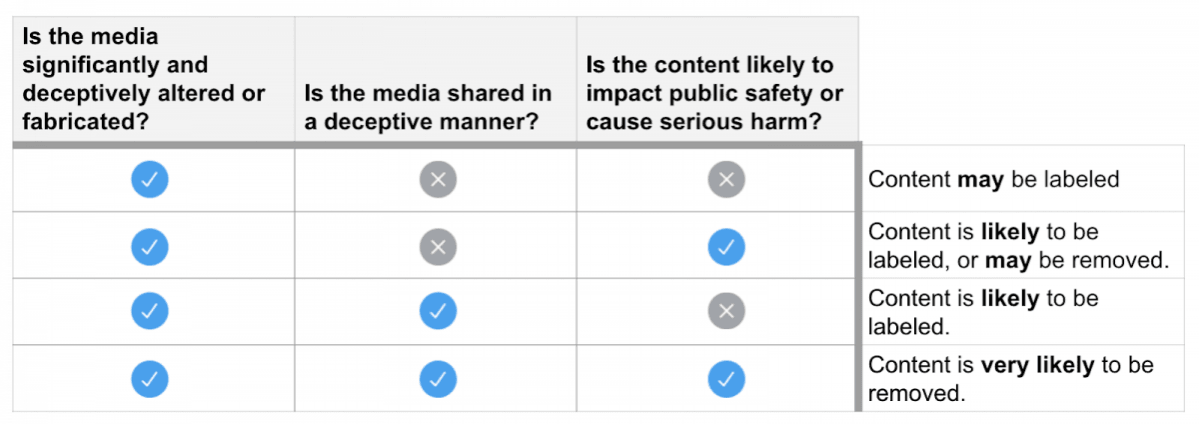Deepfakes and manipulated deceptive media has been a nuisance on social media platforms that has negatively affected the user experience of millions of people. Despite the rise of altered photos and videos, the most influential social media platforms haven't done enough. Facebook, for instance, sparked outrage when it refused to remove heavily edited video of House Speaker Nancy Pelosi. But Twitter wants to set the record straight on deepfakes.
Ahead of 2020 Presidential elections, Twitter has a new set of rules to weed out deepfakes and manipulated media from its platform. The micro-blogging platform will remove any altered video and media that could lead to mass violence, cause people not to vote or threaten people's safety. Twitter's new rule will go into effect on March 5. Twitter will take action against altered or manipulated media either by removing it or by putting a label for easy identification, regardless of the intent.
"You may not deceptively share synthetic or manipulated media that are likely to cause harm. In addition, we may label Tweets containing synthetic and manipulated media to help people understand the media's authenticity and to provide additional context," Twitter said in a blog post announcing the new rule on Tuesday.

What does it mean for Twitter users?
Twitter's attempt to tackle the emerging threat of "deepfake" videos on its platform is much called for. Twitter will label any photos or videos that have been significantly or deceptively altered as "false." But the site will do more to prevent spread of such deceptive media on its platform.
Twitter will additionally reduce its visibility by removing it from recommendations, provide context about the alteration, and even show people warning before they retweet or like it. If the videos or photos are altered with the intent of causing harm, Twitter might remove them from the platform completely.

How others are fighting deepfake nuisance?
The struggle to end the deepfake nuisance is real, but the companies are making efforts to curb spread of such videos and media. Besides Twitter, a lot of other social media and internet companies have taken upon themselves to fight the problem.
YouTube announced this week that it would remove any technically manipulated or doctored content from its platform that may pose harm. TikTok, which is a fast-growing social platform owned by ByteDance, banned "misleading information" on its platform last month.
Facebook, which is the world's largest social media platform, also said that it would remove deepfakes and manipulated videos from its sites. However, the social media giant said it would not remove satirical content and videos edited to omit or change the order of words.
Facebook came under fire for refusing to remove the doctored video of Pelosi, which was edited to show her intoxicated. In response to that, Twitter's head of site integrity, Yoel Roth said that the Pelosi video would have been labelled as altered on Twitter under the new policy, adding that the video could be removed if the text in the tweet was suggested to cause harm.
Facebook also said that it would label the said video as false, but continue to allow it on its platform. Similarly, the company had also decided against removing Mark Zuckerberg's deepfake video about stolen Instagram data last year.
















